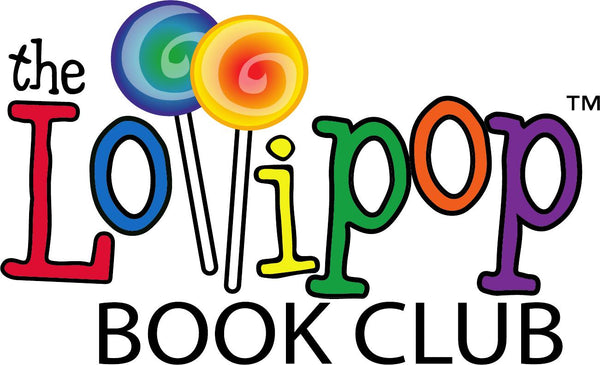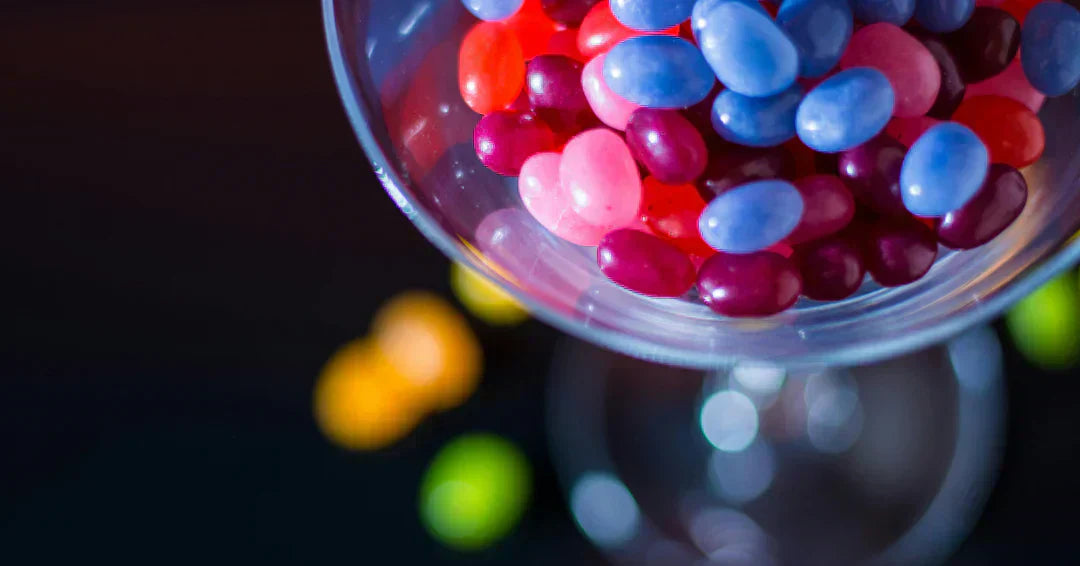Children who love the sweet, chewy candy that is most popular during Easter will enjoy learning all kinds of interesting facts about jelly beans. Readers will sink their teeth into fascinating history, incredible flavors, processing methods, and all kinds of other sweet facts about jelly beans.

Everything to Know About Jellybeans
Tiny oval candies in colors reminiscent of springtime flowers take center stage in stores every year, alongside chocolate Easter bunnies, marshmallow chicks, and other holiday treats. People love to talk about their favorites, with especially lively discussions about who actually likes the black ones. Every color of the rainbow is represented in bags filled with a fun variety of flavorful, chewy jelly beans. Continue reading for some fun facts about jelly beans that children will find interesting to learn about next time they are enjoying these gummy little candies. Even more trivia can be found in the sweetest picture books about jellybeans.
Fun Jelly Bean History and Trivia
You might think of jelly beans as just a simple, everyday candy. However, delving into their history, production, and cultural associations uncovers a surprising depth to this seemingly ordinary treat. It's a fascinating journey to trace how something so common has touched various historical moments, from being enjoyed during the Civil War to becoming a favorite of presidents and even venturing into space. Beyond this, the existence of both delightful and deliberately disgusting flavors, their past as a slang term, and the intricacies of their production all contribute to an unexpected and engaging narrative.

(1) Jelly beans were a favorite treat for soldiers in the Civil War.
The durability and extremely long shelf life of jellybeans made them the perfect candy for soldiers. The high sugar content provided the perfect energy boost for exhausted soldiers. Advertisements for these candies have been traced to Boston, where they were provided to Union fighters during the Civil War. An entrepreneurial candy maker named William Schrafft encouraged civilians to purchase them in bulk to send to all the soldiers fighting on their behalf.
(2) Jellybeans were the original penny candy.
Novelty candy stores are all over the place today, selling a variety of treats by the pound. This popular concept has turned the process of buying treats into a fun event for kids from the moment they set foot in a confection boutique. While modern day stores may offer a much larger variety of candies, they cannot be credited with the idea. This idea originated in the early 1900s, where corner markets sold penny candy. Anyone with a sweet tooth could buy individual units of little treats to fill their bags. And, as a matter of fact, the very first candy sold in this format was the jellybean!
(3) It can take up to three weeks to make jellybeans.
It is no small feat to achieve the shiny outer coating that protects the deliciously chewy inside. A fairly sophisticated panning process is utilized to mix the sticky center and eventually divide each batch into small pieces. There are lots of steps that occur, including the introduction of sugar to the mix as well as cooling down the product. The small ovals are then coated in a syrup made of confectioner sugar to give them their shiny gloss. From start to finish, it can take up to three weeks depending on the technology of the manufacturing plant.

(4) Very Cherry is the most popular flavor in the United States.
Just like other foods and beverages, flavor preferences vary depending on region of the world. Companies that manufacture candy do extensive research to determine the flavors that appeal to people from different countries. It turns out that Very Cherry is the preferred jellybean for people from both North and South America. Europeans love Tutti Frutti, Asians enjoy Lemon Lime, Australians put Bubble Gum on top, and Middle Easterners like Berry Blue.
(5) National Jelly Bean Day is April 22.
It seems like there is a holiday for everything, so why not jellybeans? While the invention of this holiday is a bit murky, it is likely attributed to either a candy manufacturer for promotional purposes. Another possible explanation is that a jellybean fan base named this date on a social media platform and it spread amongst candy lovers. There is no right or wrong way to celebrate, but no matter what you do, make sure there are plenty of bowls overflowing with a rainbow of jellybean flavors.
(6) The Guinness World Record for the largest jar of jelly beans was set in 1999.
Empress Casino Hammond in Indiana partnered with Goelitz Confectionary to build a jar of jelly beans almost impossible to quantify. Counting the number of candy pieces in this masterpiece would overwhelm even the most astute mathematicians. On October 15, 1999, the display containing 2,160,000 jellybeans weighed in at 6,050 pounds. Standing 10 feet high and more than four feet wide, the jar was filled to the brim with colorful oval candies.

(7) There are more than one hundred Jelly Belly jellybean flavors today.
When these delicious Jelly Belly sweets first hit the market, they were only available in eight different flavors- very cherry, tangerine, green apple, tangerine, root beer, cream soda, licorice, and grape . Today there are more than one hundred different types, with some of the most outrageous jelly beans produced more for more of a novelty experience rather than actual good taste.
(8) The origins of the jellybean are tied to both 17th-century France as well as the Middle east.
It's thought that the hard candy shell of jelly beans has its origins in the "panning" process, a method used in 17th-century France to make Jordan almonds. Meanwhile, the soft, chewy center is believed to draw inspiration from Turkish Delight, a jelly candy from the Middle East with a history spanning centuries.
(9) Jelly beans did not become associated with Easter until the 1930s.
The general consensus among historians is that jelly beans became linked with Easter in the United States during the 1930s. This connection likely arose from their egg-like form, which mirrored the egg's symbolism of springtime renewal and rebirth central to Easter.
(10) The term "jellybean" was once a derogatory term used toward men.
Believe it or not, "jellybean" used to be an insult! Back in the 1910s and 1920s, it described a flashy but shallow guy, someone who cared way more about looks than anything else. The writer F. Scott Fitzgerald even used the term in his short story, "The Jelly-Bean."
(11) Americans spend hundreds of millions of dollars on jelly beans every year.
Pinpointing the exact annual sales figure for only jelly beans in the U.S. is difficult because market reports typically categorize them within broader "sugar confectionery" or "jellies and gummies" segments. However, Circana data indicates jelly bean sales of $224 million, likely representing sales through multi-outlet and convenient stores. It's clear that jelly beans are a significant part of the overall U.S. candy market, particularly during peak seasons like Easter when they are a top seller.

Enjoy More Fun Facts About Sweet Treats
For kids with a sweet tooth, they will love learning all sorts of interesting facts about their favorite candy and desserts! Explore when these delicious treats were invented, statistics about how much people consume every year, and all sorts of other strange but true trivia.






